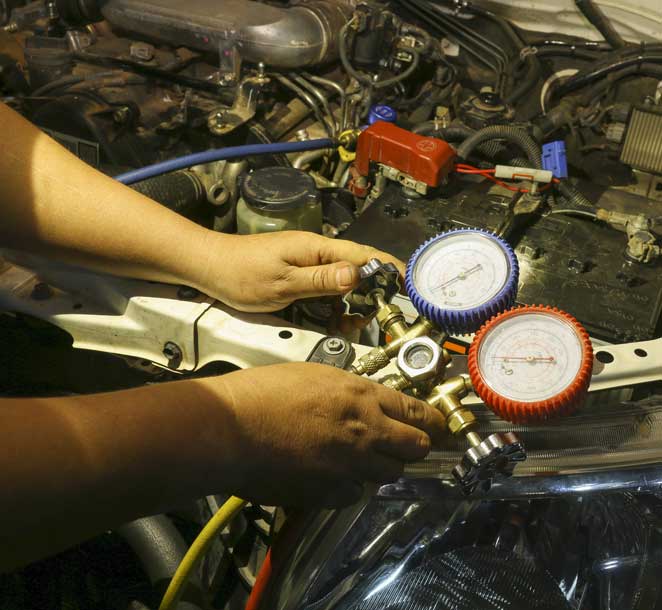
Top Tips For Installing Car A/C Compressors
There are a number of steps involving with the installation of car A/C compressors, such as evacuating and flushing the system, putting in oil, refrigerant and Freon, and correctly handling the expansion device, O-rings and drier. Below are some top tips which are recommended by professionals.
Evacuation And Flushing
One reason why compressors malfunction is because of contamination and oil depletion. Contamination occurs whenever debris gets into the A/C system, creating havoc among the internal components. Oil depletion is a consequence of not correctly lubricating the system, which then causes it to burn out. If one or both problems are present in your A/C, the best solution is to replace the compressor, but before installing it the system must be correctly vacuumed or flushed. It is critical to use a high quality flush solvent for the process.
Compressor Oil Installation
Every compressor is manufactured to work with a specific oil type. Oil is sold in different viscosities, such as 150, 46 or 100. It is highly recommended to review your manual to determine the correct viscosity. Generally speaking, you should always use double end oil that is capped PAG. Some compressors are prefilled with it, but don’t assume the amount present is sufficient.
Installing Freon
The best Freon to use when installing a compressor is R134. There are many alternatives on the market, and a lot of them have not been thoroughly tested to ensure they will function with the gaskets and seals within most compressors. As such, any Freon other than R134 is not recommended, since if you install the wrong variant your compressor installation may be compromised.
The Expansion Device
The expression “expansion device” is actually quite generic. It might refer to an expansion block, orifice tube or valve. An orifice tube which is worn or damaged must be replaced (don’t bother trying to clean or repair it). Expansion devices sometimes become stuck, which can be a real problem since it leads to excess pressure which grows in the system and if left unchecked my ultimately blow out a compressor head.
Correctly Installing O-rings
The majority of contemporary air conditioning units use O-rings, especially in locations where components will connect to one another. However, fifty percent of A/C leaks are the direct result of incorrectly installing them. This is why it is highly recommended to change your O-rings with your compressor. When removing it, tape the O-ring to paper and note where you got it from. By doing this, if there is a problem later on, it will be easier to keep track of the O-ring you used and where you got it.
Drier Installation
The drier is an essential part which is responsible for filtering and removing debris or other unwanted substances. A drier and accumulator have the same function, and many mechanics use the terms interchangeably. Each time you replace your compressor, the drier should be replaced right along with it. Driers contain a component called the desiccant which extracts debris and moisture which is a good thing because moisture is bad as it alters oil viscosity.

